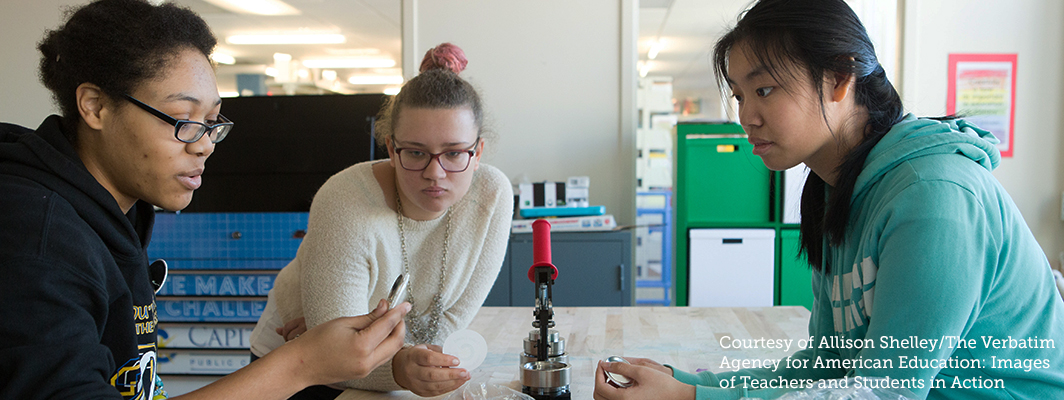
This article originally appeared on Usable Knowledge from the Harvard Graduate School of Education. Read the original version here.
By the time they get to high school, students can likely list half a dozen times they’ve created an “All About Me” collage, showing family or cultural backgrounds, as a way for classmates and teachers to get to know one another. But with a different framing and a more structured approach, these types of projects can have a significant personal impact as well.
A body of research has shown the benefits of young people actively exploring their personal backgrounds — and a critical piece of that puzzle is probing ethnic-racial identity. A new study finds that when teens are given structured, facilitated opportunities to explore their ethnic-racial identity, the academic, emotional, and social payoffs can be long-lasting.
In the new study, adolescent development expert Adriana Umaña-Taylor examined the impact of the Identity Project, a curriculum she co-developed with her students to equip teens of any ethnic or racial background — white or black, Latino or Asian, Native American or Middle Eastern — with tools and strategies to explore their ethnic-racial identity. The curriculum is eight weeks long, with one hour-long session per week.
The Identity Project gives young people the agency to explore their backgrounds on their own — a key part of the adolescent developmental process — so that they can draw individual conclusions about who they are and how their background has shaped them.
Unlike most other race-based identity curricula, the Identity Project focuses on the exploration of identity — not pride or affirmation. Other programs, says Umaña-Taylor, present facts about ethnic or racial groups, or encourage youth to feel good about their backgrounds. The Identity Project gives young people the agency to explore their backgrounds on their own — a key part of the adolescent developmental process — so that they can draw individual conclusions about who they are and how their background has shaped them.
For example, in one activity, students create a family tree that traces where their parents, grandparents, and great-grandparents were born and how they culturally identify. Unlike in other family tree projects, which often focus on biology, a main goal of this activity is for students to discuss together how they believe they have been raised and socialized. In another activity, students create a poster of pictures representing their ethnic heritage and culture. Here, the objective is not just to explain their background to their classmates, but to examine what different aspects of that heritage symbolize to them personally.
Previous studies have indicated the Identity Project is effective at giving youth a greater sense of clarity about their ethnic-racial identity. In this new study, Umaña-Taylor, along with Olga Kornienko, Sarah Douglass Bayless, and Kimberly A. Updegraff, looked at whether that impact persisted a year after students had participated in the program, and whether it extended to other academic and social-emotional realms.
The researchers examined 218 adolescents, mostly in ninth grade, at a public high school in the southwestern United States. It was a diverse group: 24 percent of students were black, 30 percent Latino, three percent Asian American, six percent Native American, and 31 percent white. About a quarter of these students were low-income, and seven percent were immigrants. Students were split into in two groups: half participated in the Identity Project, while the other half participated in lessons on career training and education finance.
The single most important thing is for teachers to not adopt a color-blind ideology, which essentially says that we’re all the same, and we really shouldn’t focus on the differences that exist between or among us.
One year after the program, the researchers found, the students who had participated in the Identity Project had lower depressive symptoms, higher self-esteem, better grades, and a higher sense of global identity cohesion as a result of the increases in ethnic-racial identity exploration that the Identity Project produced.
“One of the most important things that teachers can do is make a space in their classrooms for adolescents to be able to have conversations and recognize that there are differences,” she says. “It’s important to not try to gloss over differences, and to actually have real conversations about the differences that do exist.”
This article originally appeared on Usable Knowledge from the Harvard Graduate School of Education. Read the original version here.